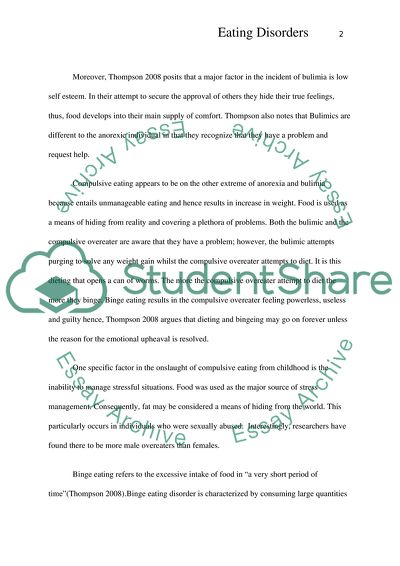Cite this document
(“Anorexia Nervosa and Related Eating Disorders Term Paper”, n.d.)
Anorexia Nervosa and Related Eating Disorders Term Paper. Retrieved from https://studentshare.org/health-sciences-medicine/1713121-eating-disorders
Anorexia Nervosa and Related Eating Disorders Term Paper. Retrieved from https://studentshare.org/health-sciences-medicine/1713121-eating-disorders
(Anorexia Nervosa and Related Eating Disorders Term Paper)
Anorexia Nervosa and Related Eating Disorders Term Paper. https://studentshare.org/health-sciences-medicine/1713121-eating-disorders.
Anorexia Nervosa and Related Eating Disorders Term Paper. https://studentshare.org/health-sciences-medicine/1713121-eating-disorders.
“Anorexia Nervosa and Related Eating Disorders Term Paper”, n.d. https://studentshare.org/health-sciences-medicine/1713121-eating-disorders.


